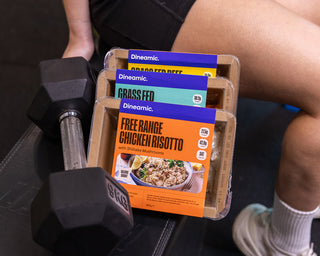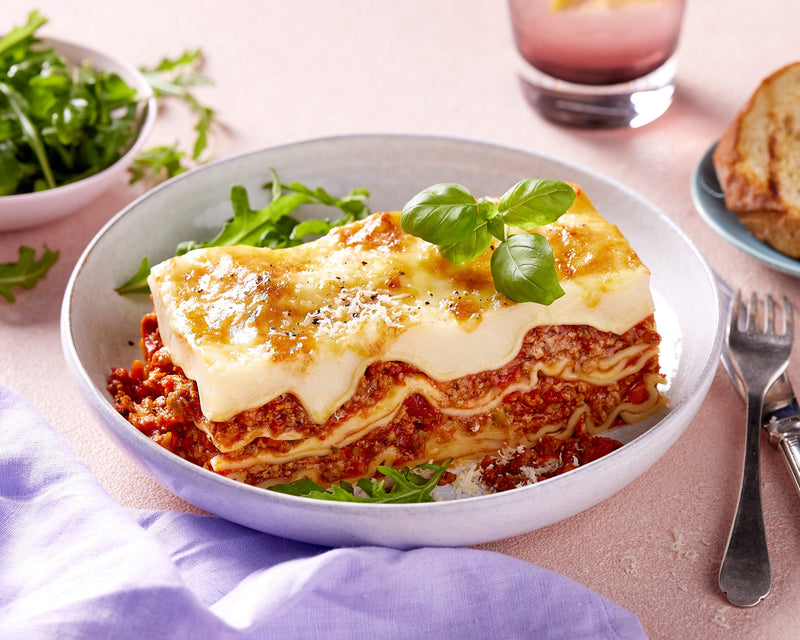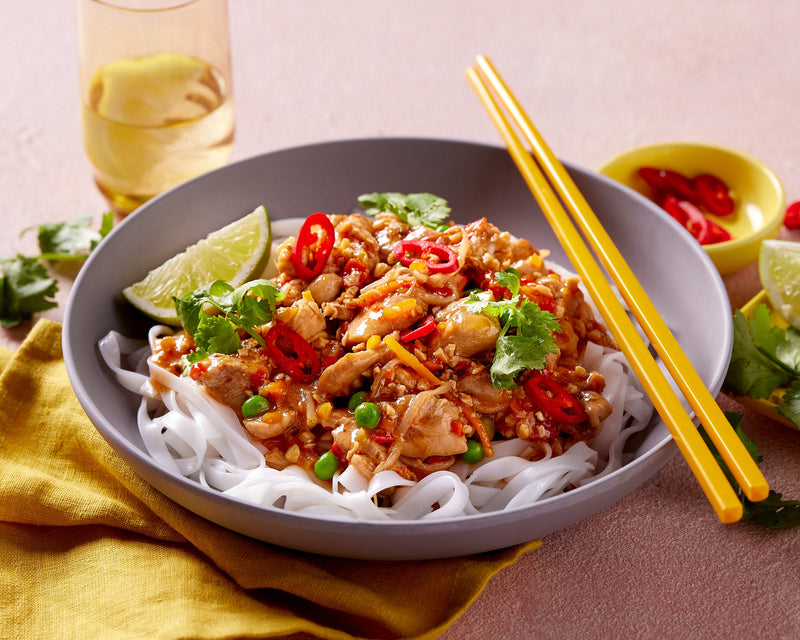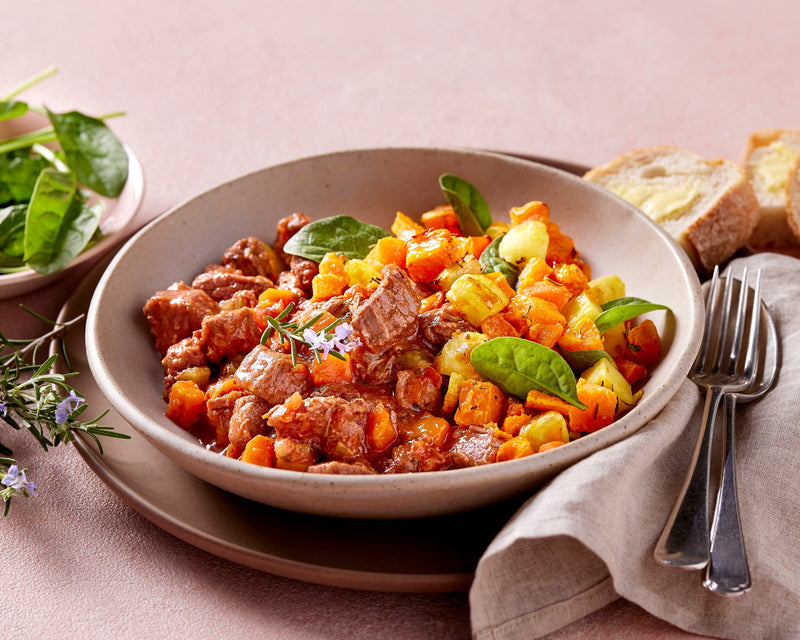We hear it all the time: balance is key. But what does that really mean when it comes to health?
True balance means looking at the full picture, not just what someone eats or how often they exercise. It’s about tuning into physical, mental, social, and environmental health, and understanding that balance will look a little different for everyone.
Instead of chasing someone else’s version of “wellness” (hello, social media), it’s worth stepping back and asking: What does balance actually mean to me?
Think of Health Like a See-Saw
Here’s a helpful way to frame it: imagine each area of life sitting on a see-saw. When one side is overloaded with stress, poor sleep, or too many demands, and there’s not enough on the other side to counterbalance it, it becomes harder to feel grounded. That’s often a sign to rebalance and re-prioritise.
Some common factors that can tip the scale:
Physical health – sleep, movement, food, and general wellbeing
Mental health – stress, emotions, mindset, and resilience
Social health – relationships, work-life balance, and community connection
Environmental health – surroundings, lifestyle, and sustainability habits
For example, a lack of sleep combined with frequent takeout meals and limited downtime often leads to sluggishness and burnout. Recognising these patterns makes it easier to reset and restore balance.
Balanced Eating Without the Pressure
Food is a major part of the balance conversation, and having a healthy relationship with it means more than just tracking nutrients. True balance involves flexibility, enjoyment, and nourishment — not restriction.
Balanced eating is about knowing how to fuel the body most of the time while still enjoying favourite foods without guilt. Food is more than fuel. It’s comfort, culture, and connection.
How to Build a Balanced Plate
A simple, nutritionist-approved formula for everyday meals:
½ plate non-starchy vegetables – such as leafy greens, broccoli, zucchini, carrots, and capsicum
¼ plate starchy carbohydrates – like potatoes, rice, wholegrain pasta or bread
¼ plate protein – including lentils, tofu, eggs, fish, or ethically sourced meat
A source of healthy fat – like avocado, tahini, nuts, or extra virgin olive oil
This kind of balance supports energy, digestion, and a longer-lasting sense of satisfaction — without the post-meal slump.
The Takeaway
Balance isn’t a finish line or a fixed formula. It’s a daily act of tuning in, making adjustments, and giving the body what it needs — whether that’s more greens, more rest, or more joy on the plate.
Health isn’t one-size-fits-all. So forget the rules and trends, and aim for a rhythm that’s realistic, nourishing, and sustainable.









